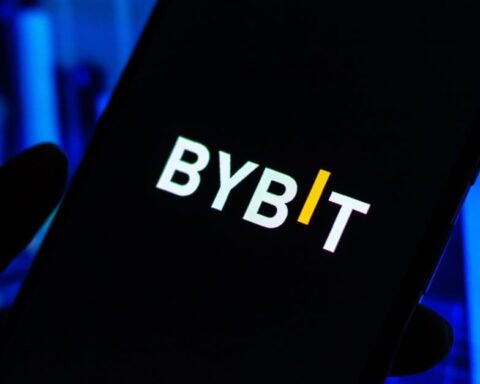Monad, a new layer-1 smart contract platform, recently raised $225 million from venture capital firm Paradigm.
Although not yet launched, Monad expects to go live on its public testnet in late 2024, with a mainnet launch in early 2025.
Monad is a parallel Ethereum Virtual Machine (EVM) project, akin to Aurora and Sei, designed to parallelize EVM instruction execution, enabling concurrent transaction processing.
This approach increases transaction throughput and reduces costs.
Parallelization breaks down transaction execution into smaller, independent tasks processed simultaneously.
Monad introduces four optimizations: MonadBFT, deferred execution, parallel execution, and MonadDB.
MonadBFT is a two-phase Byzantine-fault-tolerant algorithm based on HotStuff, optimized for partially synchronous conditions.
Most real-world networks experience variable message delivery times due to network congestion and latency.
MonadBFT enhances scalability and efficiency by reducing the communication rounds for consensus from three to two.
The consensus mechanism involves a leader node proposing blocks and validators reviewing them. If a majority approves (two-thirds), the block is finalized.
If consensus isn’t reached, validators send timeout messages, forming a timeout certificate to avoid system stalls.
This two-phase commit rule ensures rapid block finalization while maintaining network security.
Deferred execution separates transaction execution from consensus. Unlike Ethereum, where nodes execute transactions before consensus, MonadBFT focuses only on transaction order.
Execution occurs independently after consensus, mitigating the risk of malicious nodes.
Agreement on the Merkle root of the state is delayed by D blocks, currently set at 10, allowing nodes to verify execution correctness.
Parallel execution in Monad employs optimistic execution, similar to CPU speculative execution. Transactions are processed before previous transactions are finalized, increasing throughput. Conflicts are resolved by re-executing affected transactions.
This approach adds minimal overhead and benefits from static code analysis to predict dependencies, optimizing initial transaction scheduling.
MonadDB is a custom database enhancing parallel execution. Traditional blockchains face I/O bottlenecks due to synchronous operations.
MonadDB uses asynchronous disk operations, allowing multiple read and write processes simultaneously, thus boosting transaction processing speed.
In conclusion, Monad’s innovative techniques—optimistic execution, deferred execution, and MonadDB—enhance scalability and efficiency.
MonadBFT ensures rapid block finalization and network security.
With its public testnet set for late 2024 and mainnet in early 2025, Monad is poised to be a significant player in scalable blockchain technology.
To submit a crypto press release (PR), send an email to sales@cryptointelligence.co.uk.




